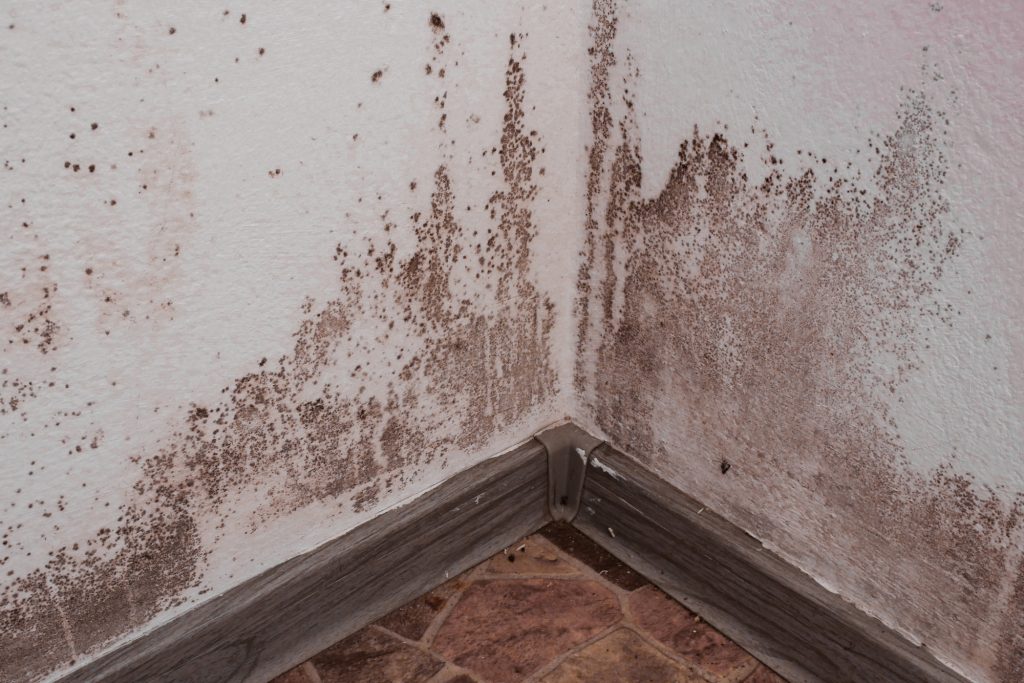Tackle Your Mold Problem Head on: The Importance of Hiring Professional Mold Remediation Services
Experts estimate that half of American homes are plagued by mold. To make matters worse, almost 30 percent of Americans are highly susceptible to the effects of mold on the body thanks to their genetic makeup.
Despite these alarming statistics, few Americans are aware of the far-reaching effects of mold on health and safety. As result, many homeowners reach for a bucket and sponge when they find mold. Thinking to clean it up themselves, they often unknowingly make the situation far worse.
Keep reading now to learn why mold is such a serious problem and why you need professional mold remediation services if you find mold in your home.
The Problem With Mold
Mold is a type of fungus. It can grow anywhere but is most common in areas that are warm, damp, and dark. Common home building materials, such as wood and drywall, are ideal environments on which for mold to grow and spread.
Mold spreads by releasing spores. These spores float in the air and can settle on any surface. They can be sucked into air vents or breathed in by humans and pets.
When spores land on clothing, furniture, carpet, and other receptive surfaces they can take hold and grow quickly. When inhaled, they can:
- Cause severe allergy-like reactions in susceptible individuals
- Create respiratory distress
- Lead to serious and long-term mold illness
- Harm people’s brains and guts
The effects of mold on human health can be far-reaching and challenging to treat.
All Mold Is a Hazard
There are many different types of mold. While some may be labeled “hazardous” or “toxic”, the CDC makes no distinction between types of mold. It clearly states that all molds are dangerous to human health and should be dealt with accordingly.
CDC guidance further clarifies that there is no acceptable or “safe” level of mold in a home. Mold can spread fast and always presents a threat to human health when present. As such, it is critical that mold be addressed, removed, and prevented from returning as soon as it is found.
Can You Get Rid of Mold Yourself?
It can be tempting to think that you can get rid of mold yourself. This is especially true in situations where you can only see a small amount of visible mold on a surface such as a floor, wall, or ceiling.
Homeowners may tell themselves that:
- Small amounts of mold are not serious
- They can easily fix the problem with a quick spot of cleaning
- They don’t have the time or money for professional cleaning
What these homeowers don’t know, however, is that in tackling the problem themselves they are likely to make matters worse.
Not All Mold Is Visible
By the time you can see mold growing in your home, it is almost guaranteed to have spread to places you cannot see. It may be growing:
- Behind your walls or paneling
- Under carpet
- In ductwork and vents
- In unused corners of your basement or attic
Cleaning up what you can see may make you feel better, but it won’t fix the mold problem in your home.
Exposure Is Dangerous
When you attempt to clean up yourself, you disturb the mold. This causes it to release spores. Unless you use the right personal protective equipment, this can lead to inhaling large amounts of spores during the cleaning process.
The result is often serious allergic reactions or illness. Other people in your home can also be affected, and loose spores may settle elsewhere, spreading the mold infestation to other areas of your home.
Only proper mold remediation performed by qualified professionals can safely remove mold from your home.
What Is Mold Remediation?
Mold remediation is the process of removing mold from the interior of buildings. It also involves treating surfaces and addressing root causes to prevent mold from returning.
Professional mold remediation:
- Uses personal protective equipment to prevent mold illness in the cleaners
- Uses special techniques to prevent the spread of mold within in the home
- Involves checking the rest of the home for signs of mold and eradicating it where found
- Provides suggestions and solutions for preventing mold from returning
Mold remediation services may use one or more of the following common strategies to address the mold in your home.
Dry Fog or Dry Ice
Dry fog treatment is when remediation specialists fill a space with chemical fog to kill mold and prevent it from spreading. The fog is EPA-approved and safe for humans and pets. Dry fogging must be accompanied by other forms of cleaning to remove the dead mold and prevent its return.
Similiarly, dry ice can be used to blast mold on specific surfaces to neutralize it for cleaning.
HVPA Vacuum
Vacuum cleaners equipped with High-Efficiency Particulate Air Filters can pull water and mold from carpets and other surfaces. It is important to note that while these make it safe to remove the carpet without spreading mold or risking infection, they cannot necessarily save the carpet.
The CDC recommends that all furniture, carpet, and other materials contaminatied with mold be safely discarded and replaced. Your remediation service can help you determine if it is safe to keep your own affected things after a mold infestation.
Other Methods
Other mold remediation methods include:
- Heat exposure
- UV light exposure
- Ozone
- Fungicides
In many cases, remediation services will aply a combination of methods to achieve the best results.
Do Mold Remediation Services Work?
Does hiring mold remediation companies work? The short answer is yes. In fact, hiring professional services to handle your mold problem is often the only thing that works.
Only with professional and expert assistance can you:
- Identify all the places in your home where mold is lurking
- Access the right tools and chemicals to safely and completely remove mold from your home
- Prevent the spread of mold
- Protect yourself and your family from dangerous exposure to disturbed mold spores
Mold remediation specialists such as those at CTR, findable online at Ctr-nw.com, can even test your home upon treatment completion to ensure it is safe for your family again.
Does Insurance Pay for Mold Remediation?
Mold remediation services always cost less than dealing with the serious illness and other consequences that come from having mold in your home. That said, many homeowners worry about the cost of remediation. One of the first questions they tend to ask when faced with a mold problem is “does insurance cover mold remediation?”
There is no single clear-cut answer to this question, unfortunately. Whether or not mold remediation is covered by your insurance may depend on several things.
- What kind of coverage your have
- What caused the conditions that led to mold
- How long you wait before contracting for mold removal
In many cases, your homeowners’ insurance will pay for mold removal. Acting quickly when you first notice mold will help, as your insurer may be more likely to pay the full cost if you act while the problem is still small than if you wait until it has become a much bigger problem.
The source of dampness and mold matters, however. Flooding can often result in mold, for example. But flooding is not covered by standard homeower’s policies.
If flooding is the original cause of the mold, you will need a flood insurance or gap insurance policy in order for insurance to cover your costs. Similarly, under most policies, you are responsible for maintaining your home in good condition. Insurers may not pay for remediation if the mold resulted from long-neglected leaky pipes or other failure on your part to keep your home in good repair.
In cases where mold results from building defects or other causes that are beyond your control, or where you have comprehensive coverage, your insurance should cover the costs.
Will the Mold Come Back?
One of the biggest concerns homeowners have is that mold may return after eradication. This is an understandable fear.
When mold remediation services finish cleaning your house, it will be mold-free. However, if you do not address the conditions that led to mold growth in the first place, it is possible that mold will return.
To prevent this, you must:
- Replace water-damaged materials such as wood or drywall that present a good environment for mold growth
- Repair leaks and plumbing problems that create wetness or dampness within your home
- Improve your home’s insulation where necessary to prevent condensation and other forms of moisture
- Use air conditioning, a whole-house HVAC system, dehumidifiers, or improved ventilation to keep humidity down
It takes less than 48 hours for mold to begin growing in damp conditions. So while mold remediation companies do work and can effectively rid you home of mold, it is up to you to prevent mold from recurring by changing the conditions within your home so that there is nowhere for mold to take root.
Proactiveness Counts
When it comes to knowing when to hire mold remediation services and making sure your home is safe, proactiveness counts. Check out our house and home section today for more great information on how to keep your home in tip-top shape and well-protected.



